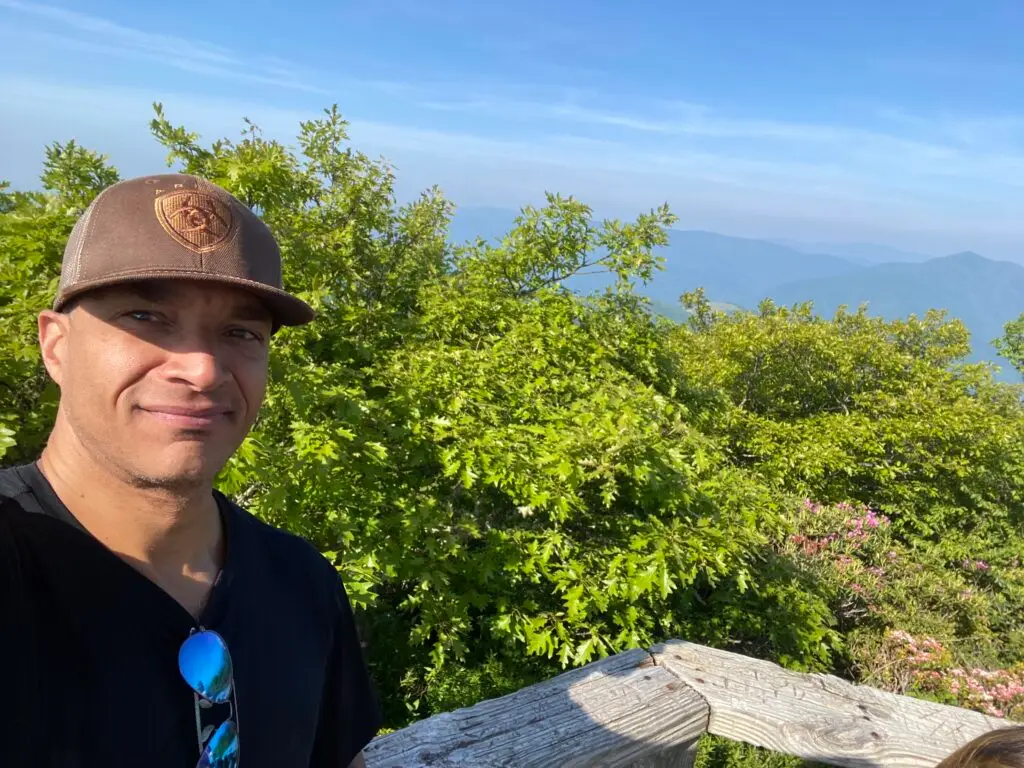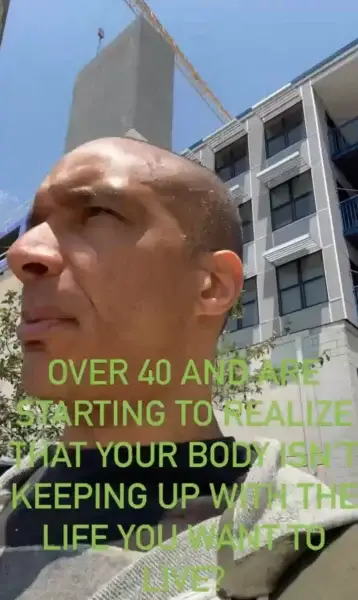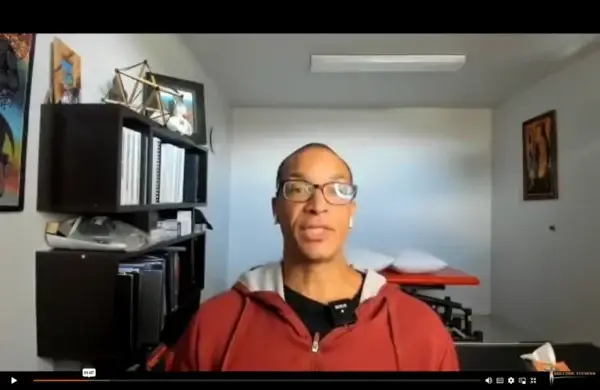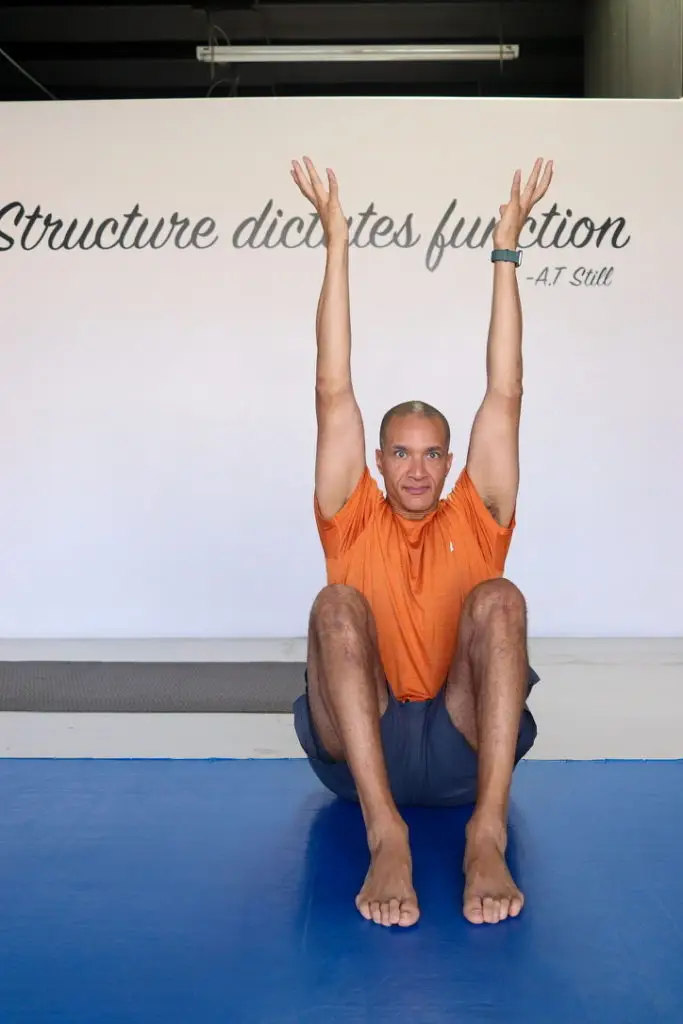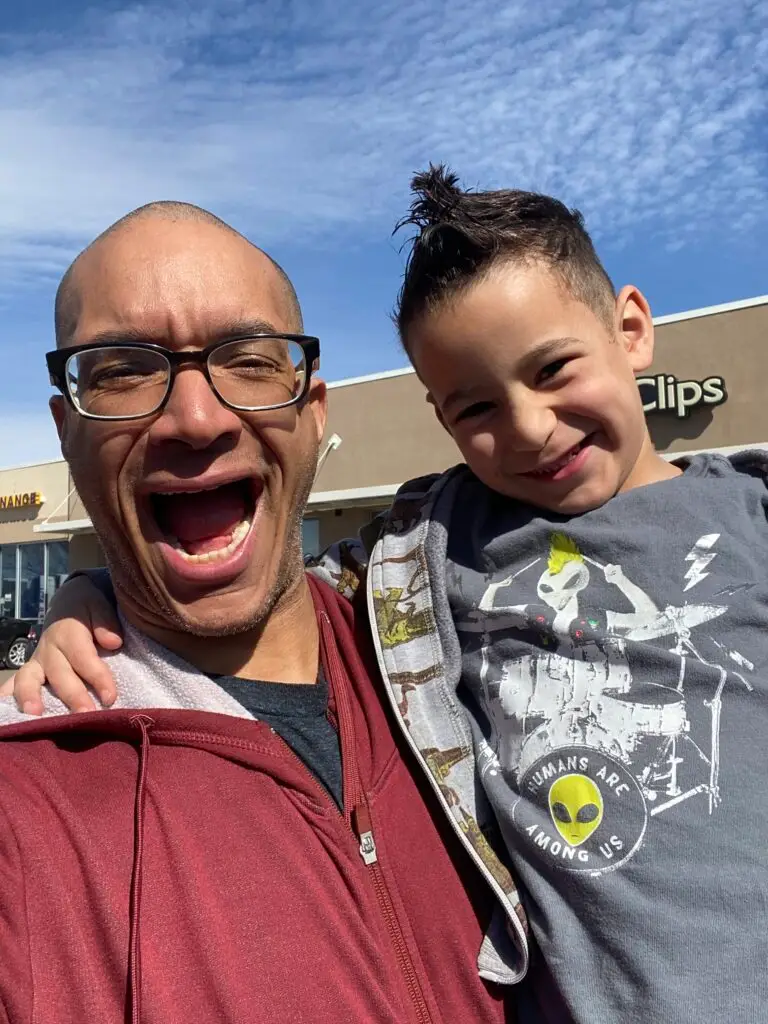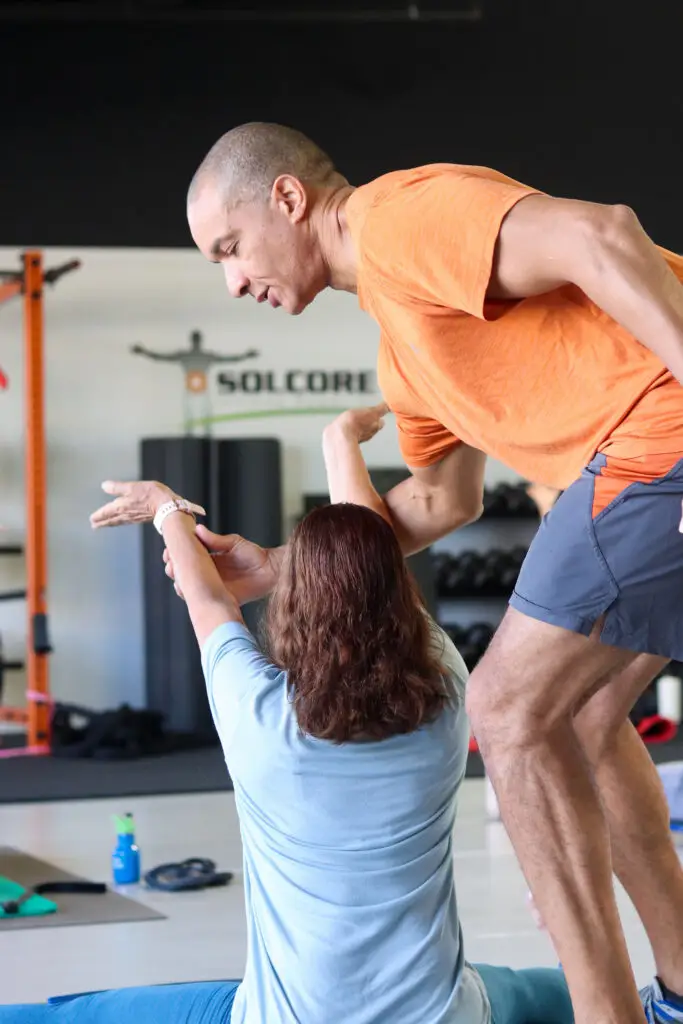
Be Patient With Your Body
If you get a paper cut, you don’t watch it every minute expecting it to close before your eyes. You understand: healing is a process. But with fitness and wellbeing, we often forget this basic truth—and demand instant results. If you’ve ever started a training routine and caught yourself asking, “Why am I not seeing improvement yet?” or got discouraged when an injury lingered for weeks, not days, you’re in good company. The real secret to sustainable health is patience.
Why Progress Feels So Slow
The body is always working in cycles breaking down, rebuilding, adapting. Every time you work out, you create controlled, microscopic damage: tiny tears in muscle fibers, mild inflammation in joints and connective tissue, neural stress that needs rebalancing. This “good stress” is the very stimulus for growth but only if paired with enough rest, hydration, nutrition, and time.
Case Study: Dave’s Marathon Recovery
After his first half-marathon, Dave could barely walk down stairs. Stubbornly, he wanted to “push through.” But gentle movement, mobility work, sleep, and nutritious meals were what helped his body rebuild. Three weeks later, Dave ran even stronger with no injuries.
Patience in Injury Recovery
Compare a paper cut to a torn meniscus, a sprained ankle, or stubborn low back spasms. The deeper or more complex the tissue involved, the longer it takes to heal. Ligaments, tendons, and fascial tissues (critical to support and movement) receive less blood flow than muscles, so their repair cycles are slower often measured in weeks or months.
Rushing back too soon means:
- Incomplete healing
- Greater risk of re-injury
- Frustration when symptoms return “out of nowhere”
The Power of Osteopathic Manual Therapy
Where does Osteopathic manual therapy fit? It’s a way to amplify your body’s natural healing cycles. Hands-on methods speed circulation, relieve tightness, and restore joint fluency—no shortcuts, just assistance through each phase:
- Assessment pinpoints root imbalances
- Gentle manipulation supports proper alignment
- Education teaches you what to expect during recovery and beyond
Clients who embrace this model—rather than jumping from doctor to doctor or program to program, expecting miracles—consistently report smoother, fuller recovery. Sally, a SolCore client healing a chronic shoulder impingement, shared: “I finally gave myself weeks, not days, to heal. Ekemba’s guidance made me stop fighting my body every step.”
What Patience Looks Like Day-to-Day
- Track improvements in mobility, not just in pain: Are you moving better, reaching higher, standing taller even if discomfort lingers?
- Celebrate small wins: One more degree of shoulder flexion, deeper sleep after therapy, being able to walk an extra block
- Adjust expectations midstream: Everyone’s healing curve is different; don’t compare yours to an influencer’s quick recovery.
Building the Foundation for Lifelong Change
Patient people don’t give up; they double down on healthy routines even when results come slowly. Pair patience with:
- Smart, progressive movement and strength work
- Active recovery (walking, myofascial stretching, ELDOA)
- Consistent hydration and anti-inflammatory nutrition
- Sufficient, quality sleep
Every cycle adds up. Years from now, you’ll see the benefit of patience every day in less pain, greater capacity, and deeper confidence.
When to Seek Help
If healing is stalled, or pain worsens suddenly, reach out to a specialist. Instead of guessing, let a pro check your progress, adjust your plan, and suggest interventions like osteopathic manual therapy to break plateaus and align your recovery with your life goals.
Final Thoughts
Don’t let impatience sabotage your progress. Remember: your body thrives on support, not force. Like a plant, you grow best with time, encouragement, and the right inputs. The harvest always takes a season.
Ready to work with your body instead of against it? Learn more about healing and progression with expert support at SolCore Fitness, and see what patient investment can unlock for you.
It’s not just working out, it’s building a foundation for a better life.
Find out more @

